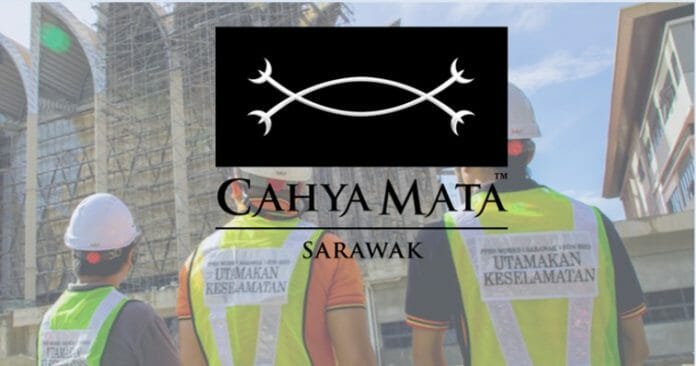Cahya Mata Sarawak Berhad recently announced it is building a new clinker line at its integrated complex in Mambong, Kuching, which will cost the group RM750m, MIDF views that this is in line with the group’s long-term goal to reduce its reliance on imported clinker that will enable it to better manage its operating costs and improve margins.
Assuming that construction works for the new plant kicks off in July, it is expected to be completed in 36 months, by Jun25. The new line has a daily production capacity of 6,000 metric tonnes or 1.9m metric tonnes annually. The house estimates that this will enable CMSB to triple its yearly clinker production capacity from 900K metric tonnes currently to a total of 2.8m metric tonnes.
Clinker is the main raw material for the manufacturing of cement. Depending on the type of cement produced, clinker comprises about 60% to 90% of the raw materials used. Meanwhile, the main raw materials that go into clinker production are limestone (78%), sandstone (11%), shale (10%) and iron ore (1%). A case of ramping up demand or reducing clinker imports. MIDF views is that two scenarios are at play here. One, CMSB is ramping up its cement production to meet the expected rise in demand for cement in view of the development plans in store for Sarawak and as it taps on new markets, especially Nusantara. The other scenario is that the group is trying to do away with imported clinker as much as possible.
MIDF said during its trip to Sarawak it visited the integrated plant in Mambong, where the management guided that the ratio of its clinker usage was roughly 40% self-produced and 60% imported, usually from Vietnam. CMSB’s cement plants have the capacity to produce 2.75m metric tonnes of cement annually and the plant utilisation is only about 54.5%, sufficient to meet Sarawak’s demand of 1.5m to 1.6m metric tonnes annually.
Gearing up for Nusantara? The Bandung Institute of Technology projected a demand of 21m tonnes per annum over the next 20 years for the construction of Nusantara as the new capital. While Indonesia has an excess capacity of more than 50m metric tonnes per annum, the house notes that most of the production facilities are concentrated in Java. Within Kalimantan, the annual cement production is about 9m metric tonnes with some spare capacity. We view the geographical and logistical advantage favours CMSB, being the sole cement manufacturer of Sarawak.
MIDF makes no changes to the earnings estimates maintaining the target price of RM1.50. However, the house maintains a BUy call and remains positive on CMSB’s earnings outlook in FY23 and optimistic on its medium to long-term prospects, especially with the development projects that have been planned for the state and also Indonesia’s upcoming new
capital in Nusantara.
Recall that Budget 2023 saw RM5.6b allocated for Sarawak’s development expenditure, on top of RM2.5b for public amenities in Sabah and Sarawak. The Federal Government is also expediting the Pan Borneo Highway and the Sarawak-Sabah Link Road. All these, on top of a RM100b capital injection into the state by 2030 would see strong contract flows over the coming years, where CMSB stands to benefit as the sole cement manufacturer in the state.









